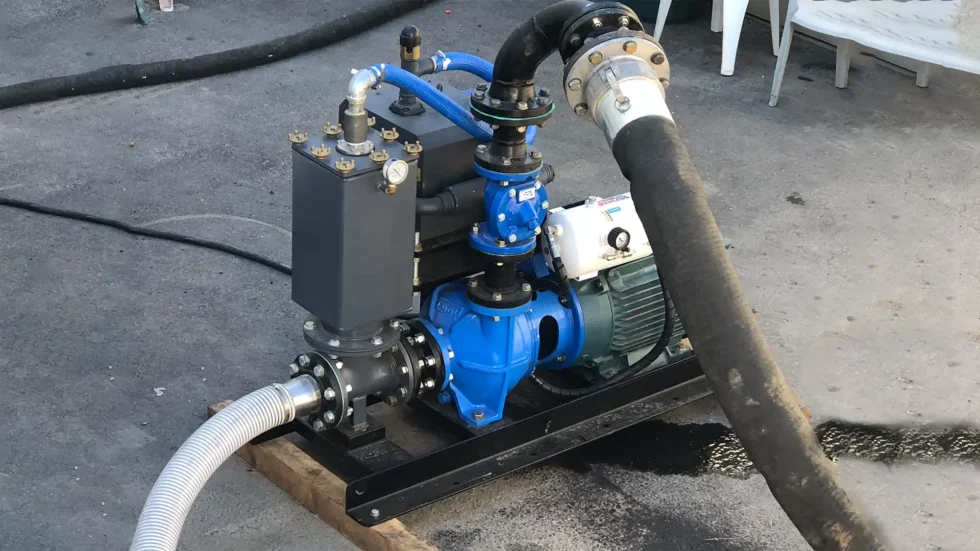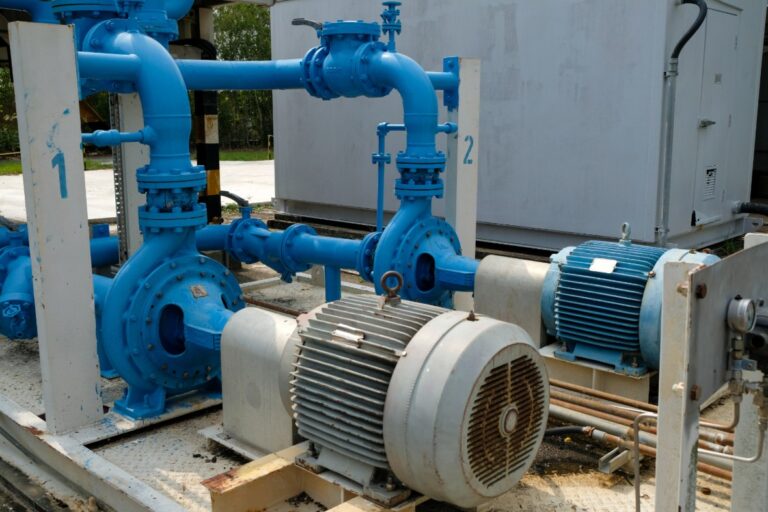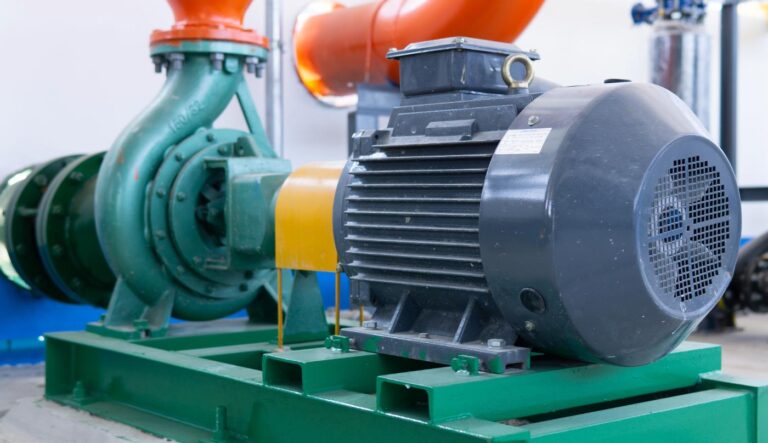Transferring sludge is one of the most demanding tasks in fluid handling. In industrial, municipal, and environmental applications, sludge often contains high levels of solids, abrasive particles, and varying viscosities that can quickly wear down equipment. The right pump selection directly impacts efficiency, reliability, and operating costs, making it a critical decision for any operation dealing with thick or abrasive fluids.
When evaluating pumps for sludge, it is important to consider both performance and suitability for the specific application. In the market, the two most common categories are Positive Displacement Pumps and Centrifugal Pumps. Each has distinct operating principles, benefits, and limitations, which can influence their effectiveness in handling sludge under different conditions.
Operators seeking sludge pumps for sale will often encounter a variety of designs within these two categories, ranging from compact units for smaller projects to large-scale, high-capacity systems for heavy-duty operations. In situations where space is limited or the pump must operate underwater, submersible sludge pumps offer a practical solution, providing the ability to move sludge directly from sumps, pits, or submerged environments without the need for extensive priming systems.
Understanding the differences between these pump types and their ideal use cases is the first step toward ensuring a reliable and cost-effective sludge transfer system.
Understanding Sludge Pumping Requirements
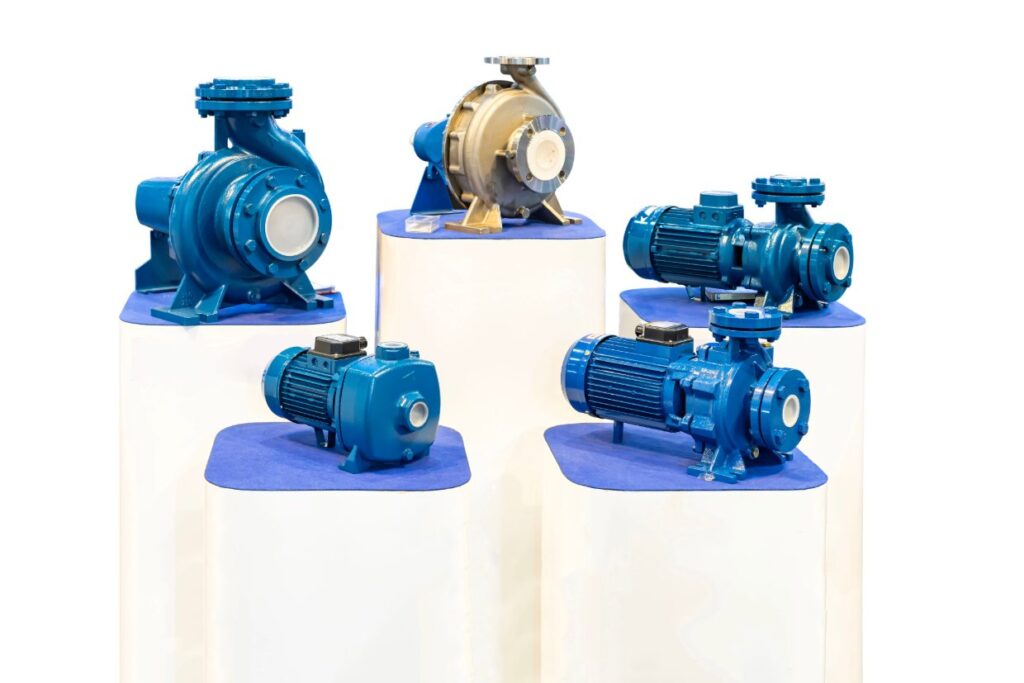
Sludge is significantly more challenging to pump than clean water or low-viscosity liquids due to its unique physical properties. The high viscosity of sludge slows down flow and increases the energy required for pumping. Its abrasive nature, often caused by sand, grit, and other solids, accelerates wear on pump components. Additionally, sludge can contain large or fibrous solids that can clog certain pump designs, while fluctuating flow rates and inconsistent material composition further complicate the process.
When selecting pumps for sludge, several key factors must be carefully evaluated to ensure reliable operation and long service life:
- Type of Sludge (Thick vs. Thin)
Thick, high-solids sludge requires pumps with strong suction capabilities and designs that can handle high viscosity without significant loss in performance. Thinner sludge, while easier to move, may still contain abrasive particles that demand durable pump materials.
- Distance and Head Requirements
The total pumping distance and elevation (head) directly affect pump selection. High-head applications may require more robust pump designs, while shorter transfer distances allow for greater flexibility in equipment choice.
- Continuous vs. Intermittent Operation
Continuous-duty pumping demands a pump designed for sustained performance without overheating or excessive wear, while intermittent operations may prioritize quick start-up and priming capabilities.
- Installation Environment (Submersible or Dry-Mounted)
In applications where the pump is installed underwater or in a flooded pit, submersible sludge pumps are ideal, eliminating the need for external priming. Dry-mounted pumps, on the other hand, allow easier maintenance access but require proper priming and suction arrangements.
Overview of Positive Displacement Pumps for Sludge
Positive displacement pumps move sludge by trapping a fixed volume of fluid and forcing it through the discharge side with each cycle. This operating method allows them to maintain a steady, consistent flow regardless of changes in pressure or viscosity. Common types used as pumps for sludge include progressive cavity pumps, which use a helical rotor and stator to move sludge smoothly; diaphragm pumps, which use flexible membranes to push the fluid; and peristaltic pumps, which compress a hose or tube to displace material.
Advantages of Positive Displacement Pumps
- Consistent Flow Regardless of Pressure – Maintains performance even when dealing with high viscosity or varying head conditions.
- Handles High Solids Content – Capable of moving sludge with large particles or fibrous materials without clogging.
- Precise Dosing Capability – Ideal for applications that require accurate flow control, such as chemical dosing in sludge treatment.
Limitations of Positive Displacement Pumps
- Higher Upfront Cost – Typically more expensive to purchase than centrifugal alternatives.
- More Moving Parts and Potential for Wear – Internal components such as rotors, stators, and seals are subject to wear from abrasive sludge, leading to higher maintenance needs.
When searching for sludge pumps for sale, positive displacement models are often preferred in thick sludge applications where high solids handling and consistent flow are essential for reliable performance.
Overview of Centrifugal Pumps for Sludge
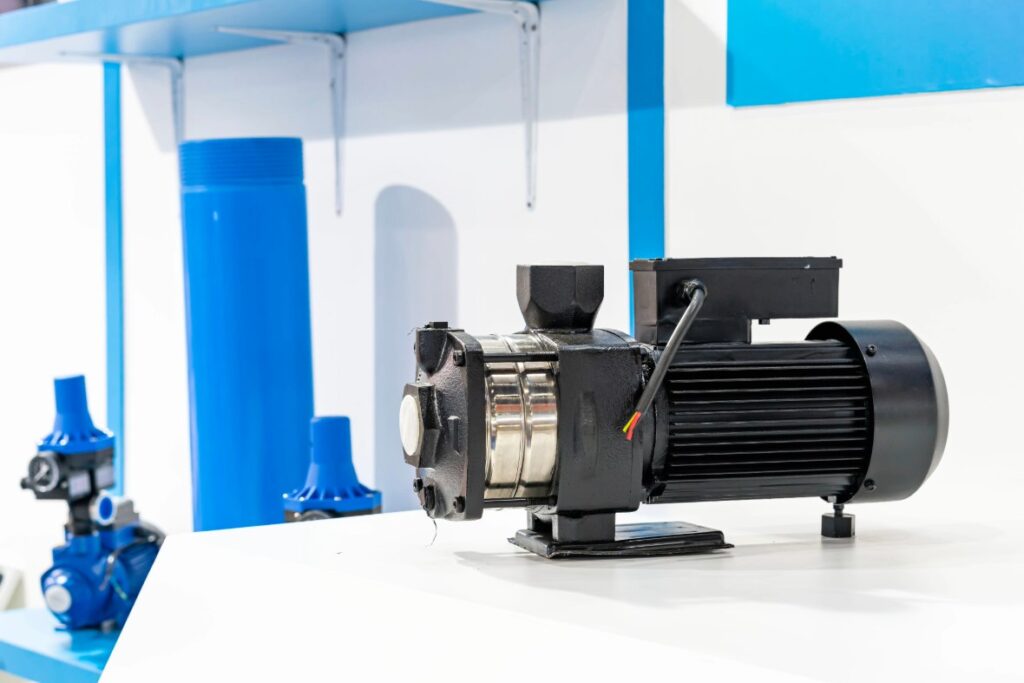
Centrifugal pumps transfer sludge by converting rotational energy from an impeller into kinetic energy, which moves the fluid through the pump and into the discharge line. They are widely used in sludge handling due to their straightforward design and adaptability. Common types for sludge applications include standard centrifugal pumps, recessed impeller pumps for better solids handling, and slurry pumps designed for abrasive materials.
Advantages of Centrifugal Pumps
- High Flow Rates – Well-suited for applications that require moving large volumes of sludge quickly.
- Lower Upfront Cost – Generally more affordable to purchase than positive displacement pumps, making them attractive for budget-sensitive projects.
- Simpler Design and Maintenance – Fewer moving parts mean easier servicing and reduced downtime.
Limitations of Centrifugal Pumps
- Efficiency Drops with Thicker Sludge – Performance declines when handling highly viscous sludge, as the impeller struggles to maintain flow.
- Less Tolerant of High Solids – Large or fibrous solids can cause blockages or excessive wear, requiring careful pump selection and material choice.
In industrial and municipal wastewater operations, submersible sludge pumps—a type of centrifugal pump—are often used for direct installation in pits, tanks, or sumps. These eliminate the need for priming systems and allow efficient sludge transfer from submerged environments while saving space in the pumping station.
Comparison Table: Positive Displacement vs. Centrifugal Pumps for Sludge
| Feature / Criteria | Positive Displacement Pumps | Centrifugal Pumps |
| Best for Sludge Type | High-viscosity, high-solids | Low to medium-viscosity |
| Flow Consistency | Constant | Variable with head |
| Solids Handling | Excellent | Good to moderate |
| Initial Cost | Higher | Lower |
| Maintenance Needs | Higher | Lower |
| Suitable for Submersible Use | Limited | Excellent (submersible sludge pumps) |
Key Considerations When Choosing Between the Two
Selecting between positive displacement and centrifugal pumps for sludge requires a clear understanding of the application’s operating conditions and performance goals. The following factors play a critical role in determining the most suitable option:
- Type of Sludge and Solids Content
High-viscosity sludge with large or abrasive solids generally favors positive displacement pumps due to their ability to maintain consistent flow. For thinner sludge with smaller particles, centrifugal pumps—especially submersible sludge pumps—can be more cost-effective and easier to operate.
- Pumping Distance and Head Pressure
Long-distance or high-elevation transfers require a pump that can sustain flow against higher pressure. Positive displacement pumps excel in high-head applications, while centrifugal pumps are better suited for shorter distances with moderate head requirements.
- Required Flow Rate
If the priority is moving large volumes quickly, centrifugal pumps are advantageous due to their high flow capacity. Positive displacement pumps, on the other hand, are ideal for steady, controlled flow, especially when dosing or metering is required.
- Space and Installation Constraints (Submersible vs. Dry-Mount)
Where space is limited or the pump must operate underwater, submersible sludge pumps provide a compact, efficient solution. Dry-mounted pumps offer easier maintenance access but require priming systems or suction arrangements.
- Budget and Total Cost of Ownership
While centrifugal pumps usually have a lower upfront price, positive displacement pumps may offer better long-term value in demanding sludge applications due to reduced downtime and consistent performance. Factoring in purchase price, maintenance costs, and operational efficiency ensures a more accurate comparison when evaluating sludge pumps for sale.
When to Choose Submersible Sludge Pumps

In many sludge-handling applications, especially those involving flooded environments, pits, or sumps, submersible sludge pumps provide clear operational advantages. Designed to operate while fully submerged, these pumps can move sludge directly from the source without the need for complex suction arrangements.
Advantages in Flooded Environments, Pits, and Sumps
Submersible pumps excel in locations where installing a dry-mounted pump is impractical due to limited space or continuous water presence. By sitting directly in the sludge or liquid, they minimize suction lift issues and reduce the risk of air blockages.
Reduced Priming Issues and Improved Efficiency in Confined Spaces
Unlike dry-mounted pumps, submersible designs do not require priming systems, which saves time during start-up and reduces the chance of operational delays. Their compact form also makes them ideal for confined installations, such as beneath treatment plant decks or inside narrow tanks, where space for traditional pump systems is unavailable.
Integration with Centrifugal and Positive Displacement Designs
While most submersible sludge pumps are centrifugal, certain positive displacement models are available for specialized tasks requiring consistent flow and high solids handling in submerged conditions. This flexibility allows operators to select the pumping technology that best meets the viscosity, solids content, and operational demands of their sludge transfer needs.
For operations evaluating pumps for sludge, considering a submersible option can lead to increased reliability, lower maintenance complexity, and improved overall system efficiency in challenging environments.
Matching the Pump to the Project
Choosing between positive displacement and centrifugal pumps for sludge ultimately comes down to understanding the specific requirements of the application. Factors such as sludge viscosity, solids content, pumping distance, flow rate, installation constraints, and overall budget all play a role in determining the most suitable solution. While positive displacement pumps excel in thick, high-solids applications requiring consistent flow, centrifugal pumps are often the better choice for high-volume, lower-viscosity transfers—especially when submersible configurations are needed for space-limited or submerged environments.If you’re looking for expert guidance in selecting the right pump for your project, Gulf Coast Dredging offers a range of high-performance sludge pumps for sale, including submersible sludge pumps and other specialized equipment for industrial, municipal, and environmental operations. Connect with our team to match the right pump for your specific sludge-handling requirements.


